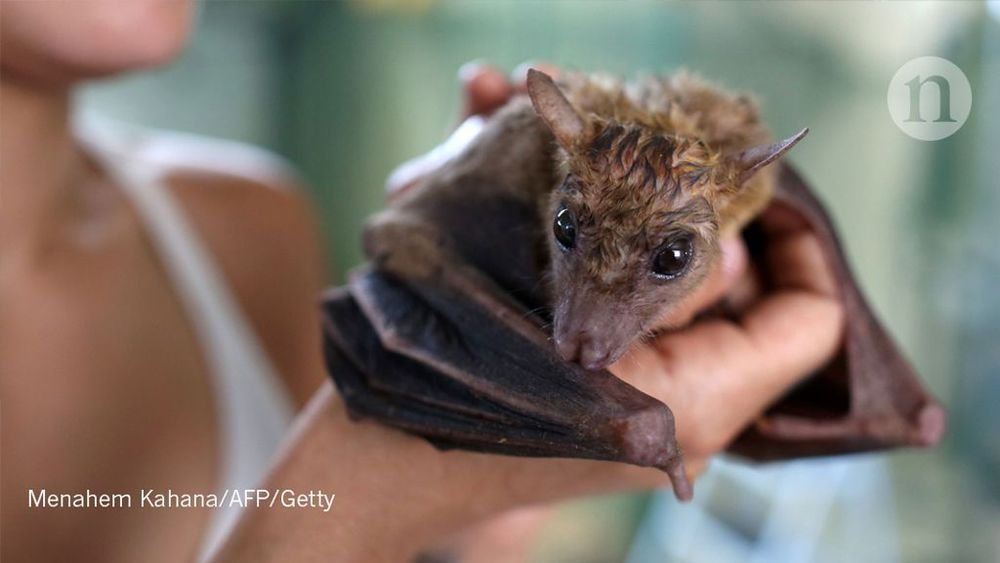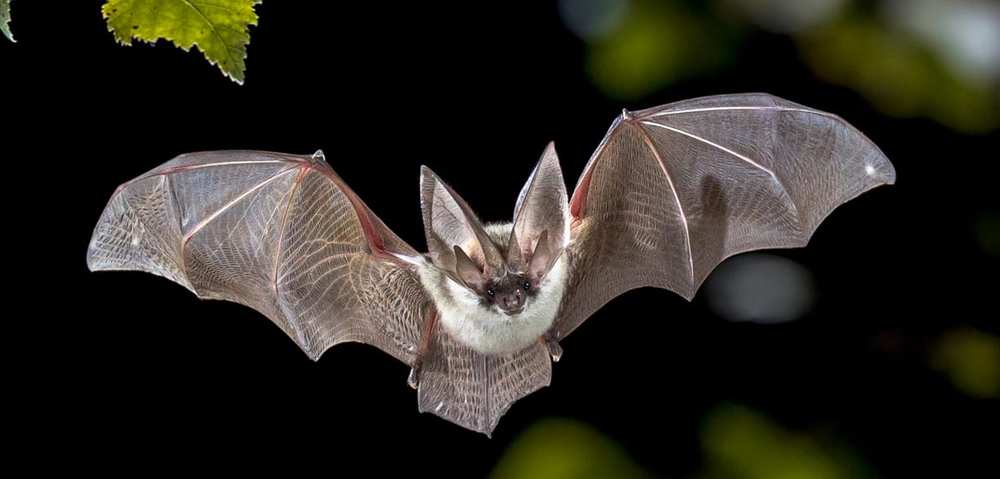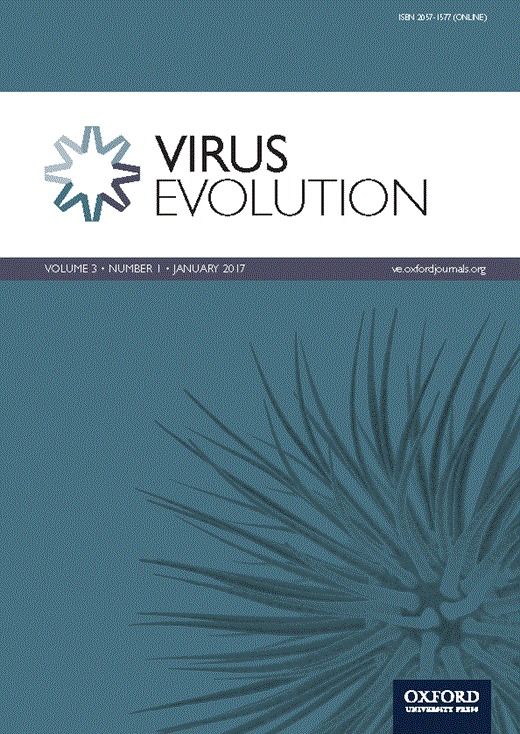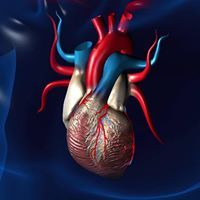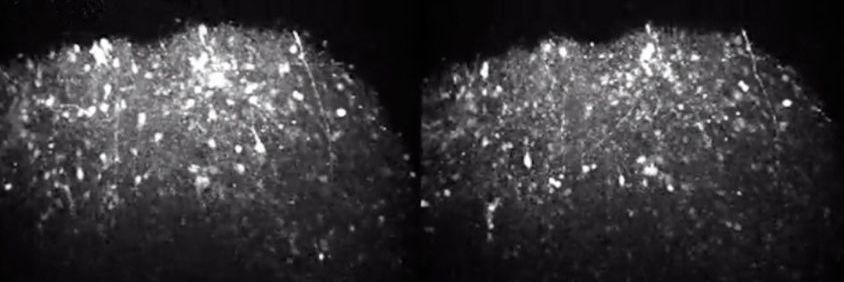Jan 22, 2020
New Ebola-like virus found in a Chinese bat’s liver
Posted by Omuterema Akhahenda in categories: biotech/medical, genetics
The Měnglà virus can infect human cells but the risk of its transmission from bats to humans is unknown.
Zheng-Li Shi at the Chinese Academy of Sciences in Wuhan and their colleagues examined a Rousettus fruit bat caught in southern China. The bat’s liver contained a new type of filovirus that the researchers named Měnglà virus for the county where the bat was captured. Měnglà is substantially different from both Ebola and Marburg virus, highlighting the genetic diversity of filoviruses in bats.
